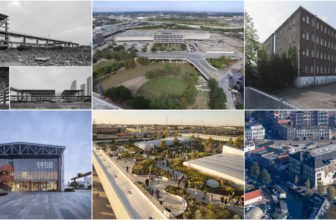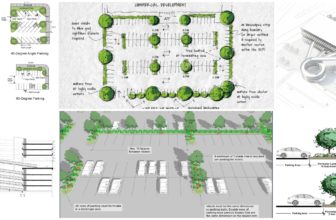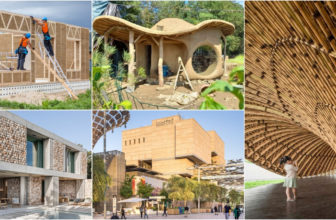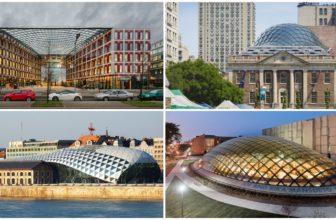A Love Affair
Time began for New York City in 1964, when the Dutch turned it into a trading post called New Amsterdam. Since then it has come a long way, thriving under English rule and even serving as the capital city of the United States of America along the journey. Renowned as the most populous city of America, it is often talked about for its culture, life-style, Broadway and even pollution.
However, one of the most distinct features of New York is its Central Park. In the midst of the busy and congested life of New Yorkers, it presents a momentary pause in time, a place to reflect on the city and to move forward later. It is a Green respite in contrast to the Urban Grey of the surrounding city.
In 1858, Frederick Law Olmsted Sr. and Calvert Vaux submitted the entry for the design competition for a recreational space that would one day go on to become the revered naturalistic hub that it is today claiming the honor of being one of the Great Public Spaces, 2008.
The humongous park spreads over an area of 843 acres and fits itself smack in the center of Manhattan, one of the best areas of New York and also the most crowded with an enviable skyline. Remarked for skyscrapers like the Chrysler Building, the Empire State Building, One World Trade Center, etc., it would be a City without lungs, if not for the Central Park.
The Park is home to a number of lakes, sports facilities, theaters, open public performance areas, etc. The Metropolitan Museum of Art and the Central Park Zoo are among its main attractions.
The Park was originally envisioned as a place where people can sit and meditate away from the chaos of daily routines. At the time, it was a revolutionary social experiment for Olmsted, who thought of building a place where all would meet, inconsiderate of their class and social standing, a place away from the ridiculous rules imposed unto humans by humans. Like the park itself, it was a contrasting idea.
The Park distinguishes itself from the surrounding swampy area, it had at the beginning itself. Several hundreds of trees planted with more than 3 cubic yards of soil were removed to convert it into pathways and bridges with a large reservoir. It took 15 years to completely build it.
During 1943, the Parks Commissioner, Robert Moses enhanced it further by adding to it the Wollman rink, playgrounds, and famed sculptures like ‘Alice in Wonderland.’
The Central Park is a relatively clean and safe place due to the efforts of both the City and the people, as opposed to the New York City which was named the Dirtiest City of America in 2012.
It is a place for social gatherings where interactions are bound to happen, unlike the City itself. Central Park can be considered a transitional space, just at the brink of becoming the ‘Nature’, but, close enough to the city to be termed ‘Organic.’
The Park has 6 miles of drives within, any day one can find joggers, cyclists and skaters, all rushing past especially when automobiles are prohibited there. A different sort of world it appears then, rid of all pollution and all worries of life and its affairs beyond the walls.
As opposed to the life of a regular New Yorker, a fine day in the Central Park is expected to be only about one’s entertainment and leisure with the variety of temptations it offers. From old men to little kids, it is a world for all, fulfilling the vision of Olmsted in its own exemplary way, and suspending the time for a while so that one can breathe and feel the rush of air in his lungs.
Not just in the many ways described above, the Park and the surrounding area seems to constitute the two moods of the City, that which is free and that which is set by limitations and responsibilities. Set on the same face, it is a two-sided juxtaposition representing our society and the dual nature of all things known.
It seems truly, a love-affair of sorts, with each complimenting the other.
“And the most unusual and surrealistic place in New York City is Central Park”- Christo.
By: Antara Jha









